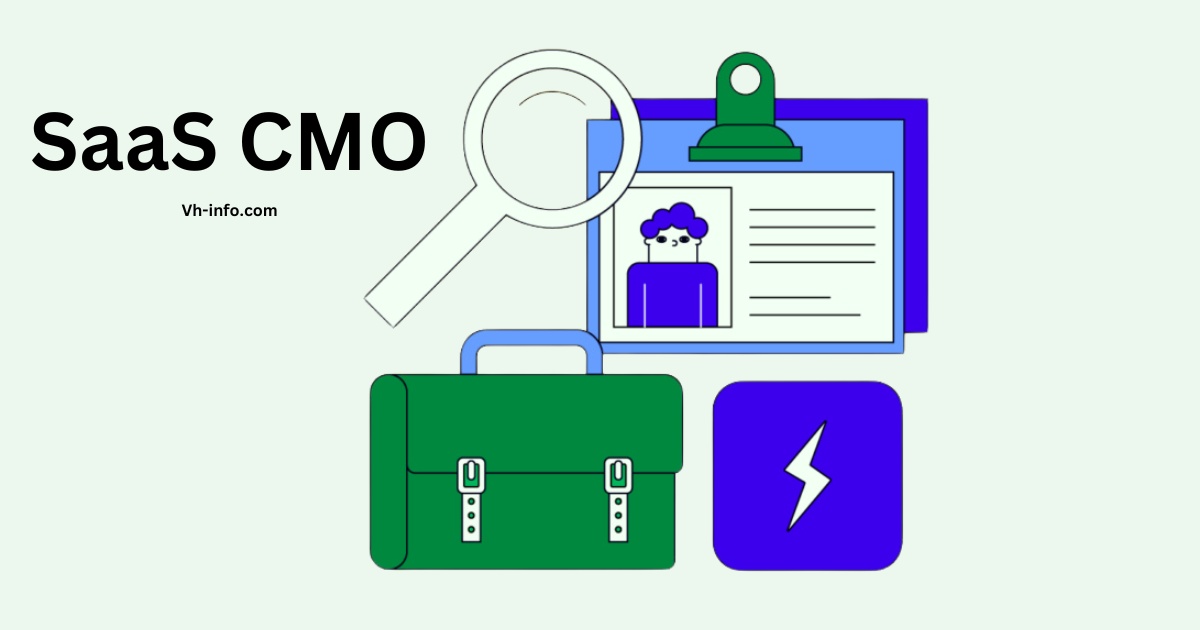
The Role Of A SaaS CMO: Responsibilities, Skills, And Strategies
In the fast-paced SaaS industry, where innovation drives growth, the role of a Chief Marketing Officer (CMO) has become indispensable.

The Role Of A SaaS CMO: Responsibilities, Skills, And Strategies
In the fast-paced SaaS industry, where innovation drives growth, the role of a Chief Marketing Officer (CMO) has become indispensable.
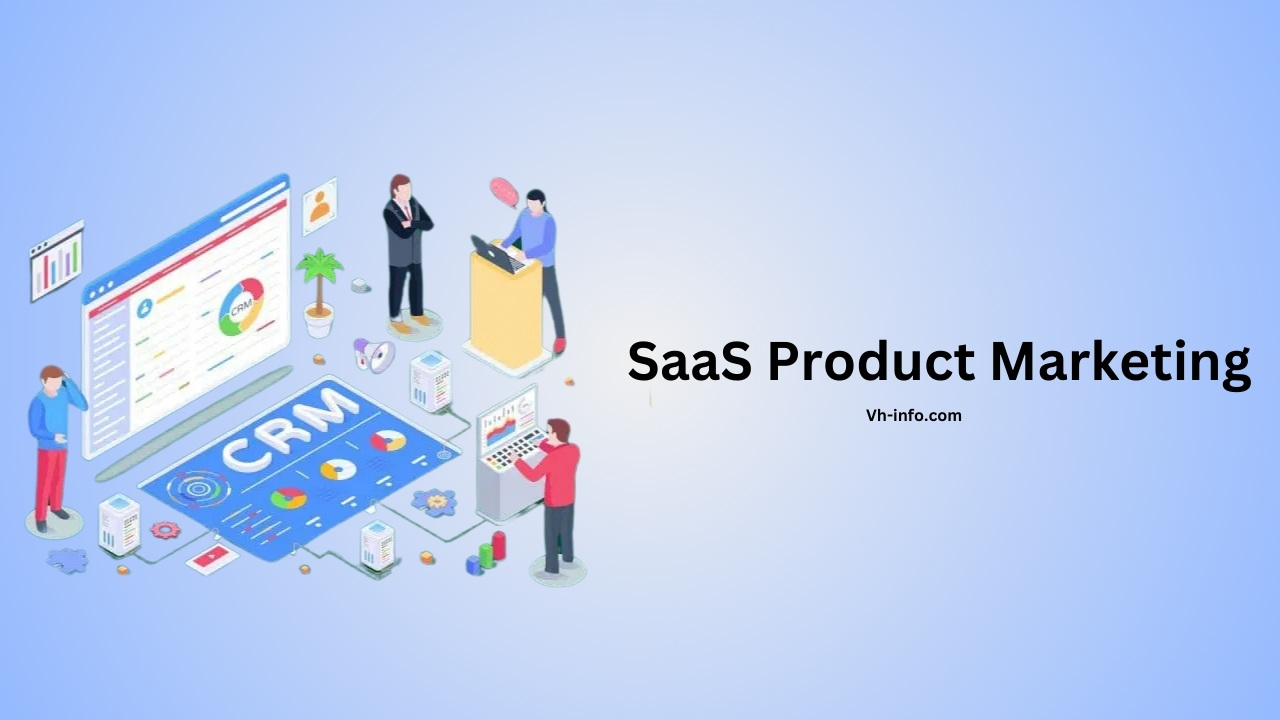
SaaS Product Marketing: Meaning, Pre-Launch & Post-Launch Strategies
SaaS product marketing has become a core focus for many SaaS companies striving to stand out in a competitive landscape.
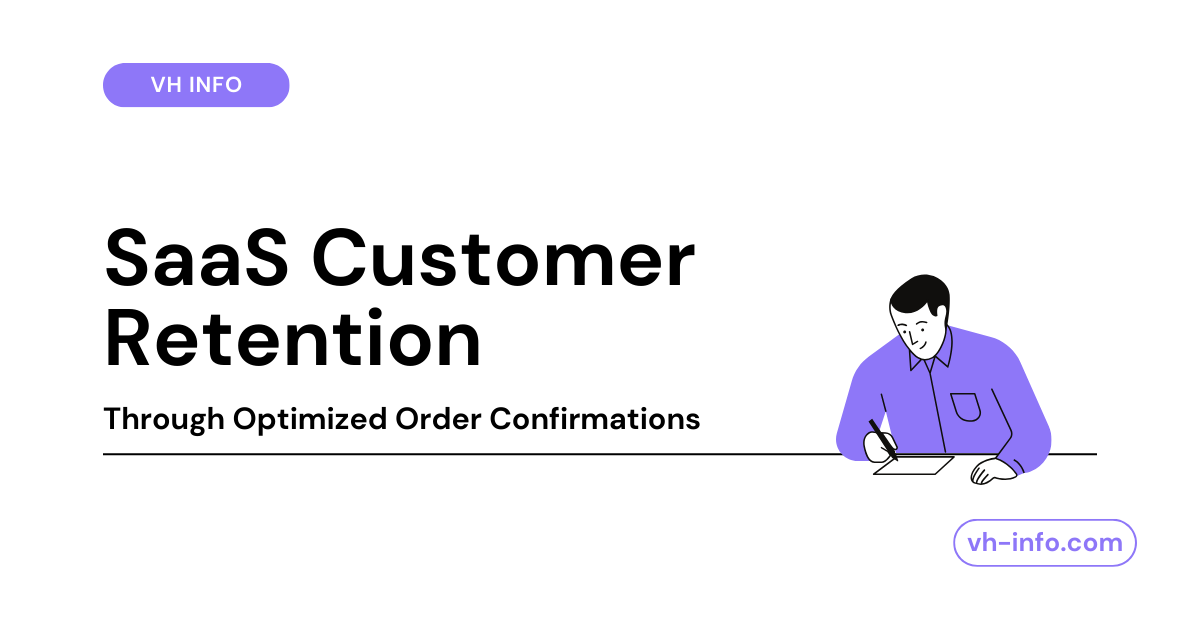
Enhancing SaaS Customer Retention Through Optimized Order Confirmations
In SaaS, acquiring customers is just the start – the real challenge is keeping them engaged long-term. While businesses invest in

SaaS Inbound Marketing: 7+ Strategies & Benefits to Know in 2025!
In the competitive SaaS industry, attracting and retaining customers requires a strategic approach. SaaS inbound marketing is an essential methodology

SaaS Branding: Strategies & Guide To A Powerful Brand For Startups
In the competitive SaaS industry, having a strong brand is no longer optional—it’s essential. A well-defined SaaS branding strategy not
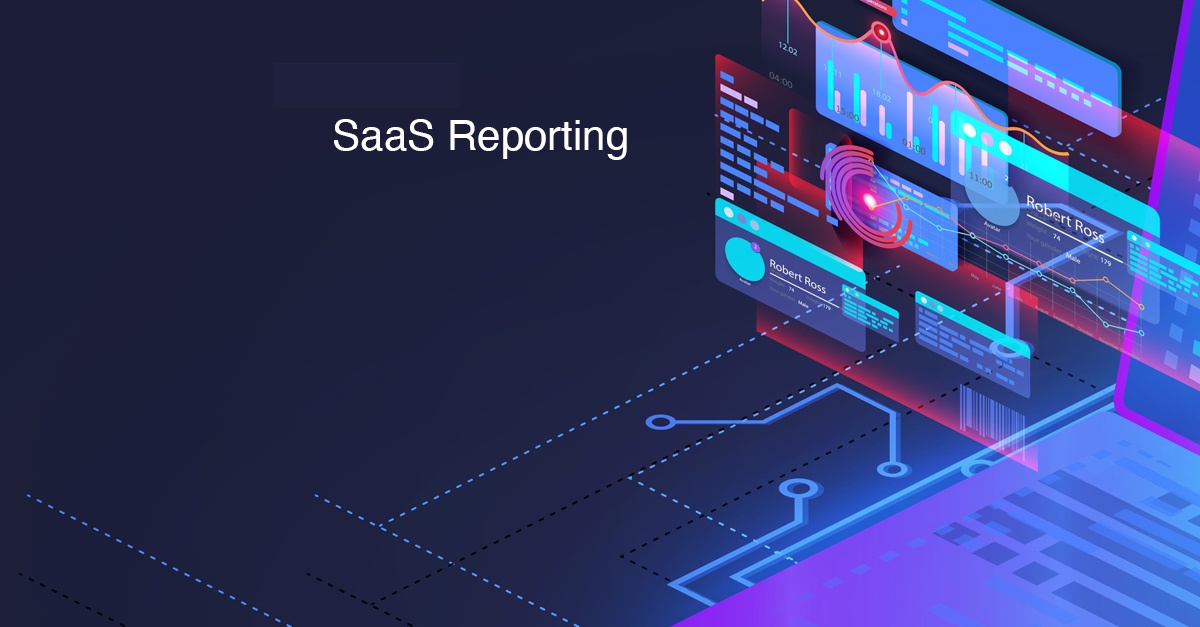
SaaS Reporting (2025): Meaning, Types, Metrics, Tips, Tricks
In the fast-paced realm of SaaS business, every choice matters. You can have a stellar SaaS product, but without effective

LinkedIn Ads For SaaS: The Ultimate Guide For 2025
For SaaS companies, LinkedIn advertising has emerged as a powerful tool to reach the right audience, generate high-quality leads, and
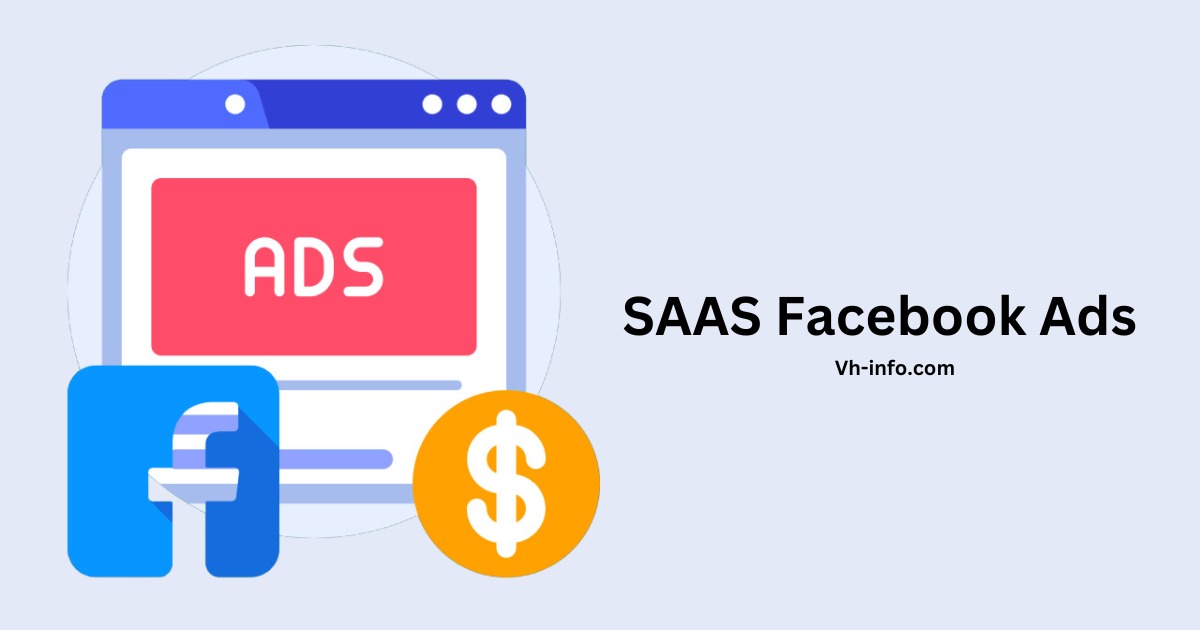
SAAS Facebook Ads: Boost Your Marketing Campaigns
In the competitive world of SaaS marketing, using the right tools and platforms can make all the difference. Facebook Ads
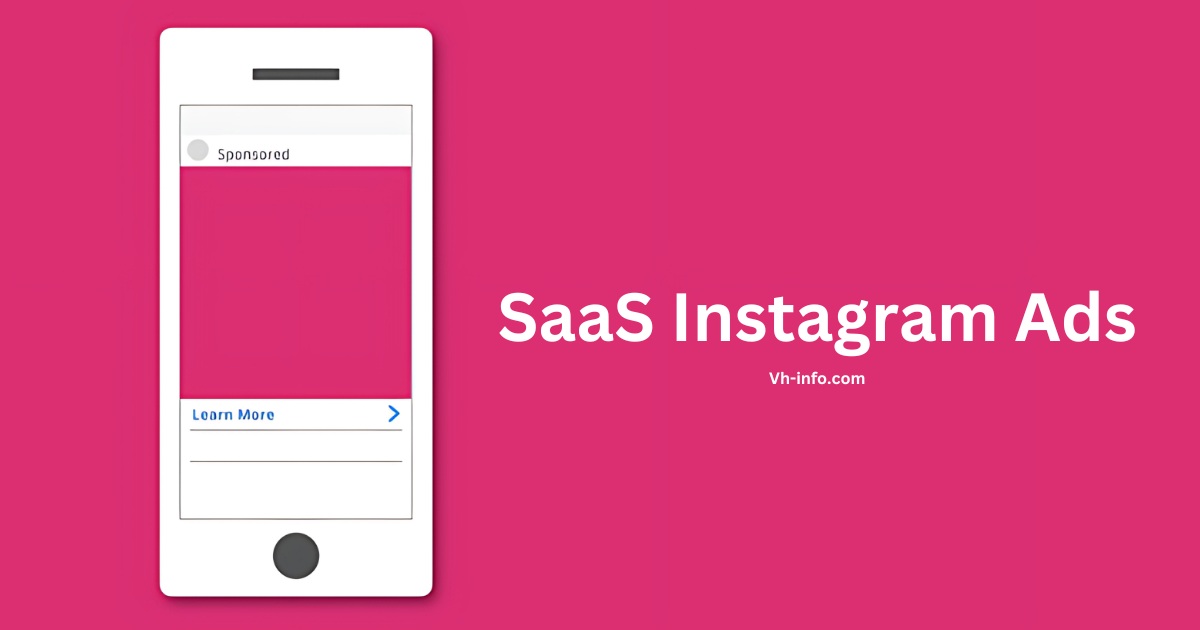
SaaS Instagram Ads: What, Why, How & The Best Tools To Use (2025)
Instagram has evolved into a powerful social media platform for businesses, especially for SaaS companies looking to connect with their
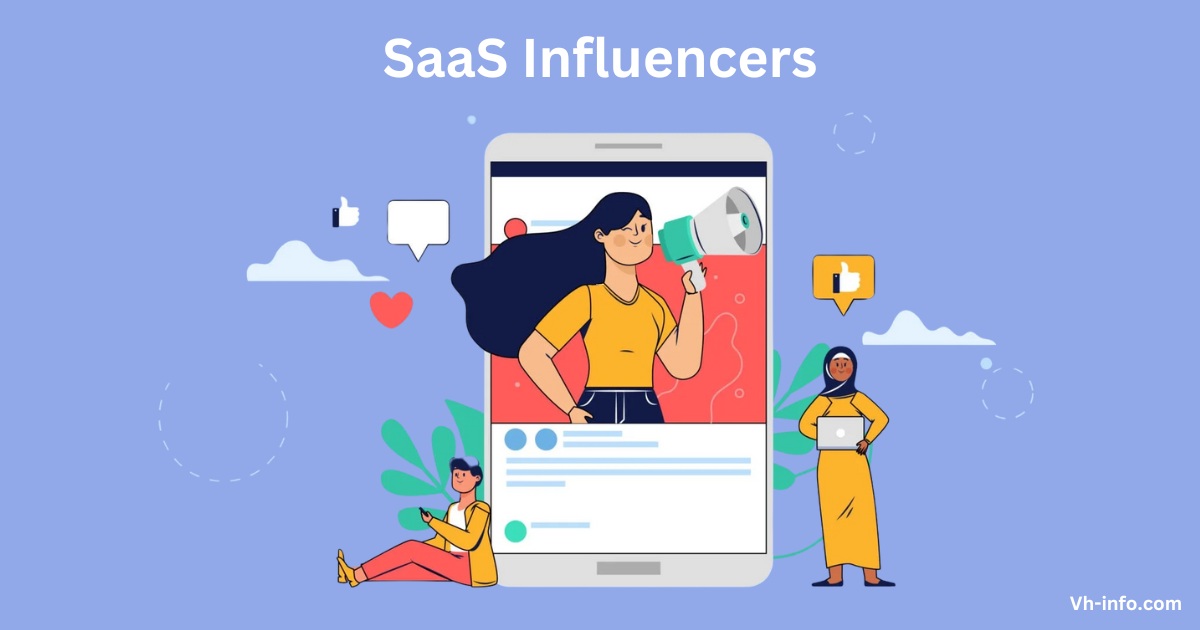
Top 30 SaaS Influencers to Watch in 2025
Welcome to VH Info, your go-to source for all things SaaS growth, link building, and marketing strategies. The SaaS industry
WHAT WE
3rd floor, VHinfo, QRXG+CG9 Capital Market, Canal Rd, chokdi, Ravapar, Morbi, Gujarat 363641
VH-info © 2025 | All Rights Reserved